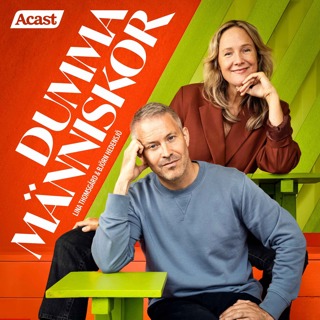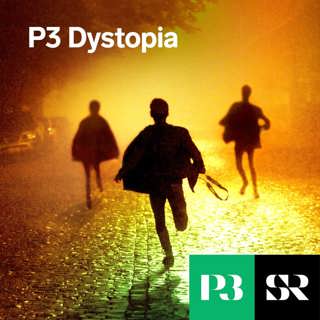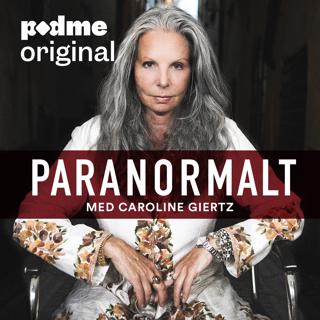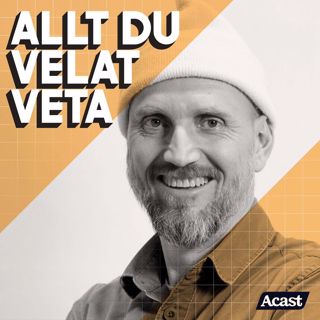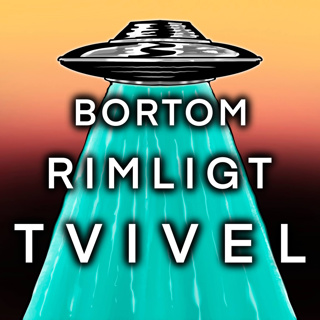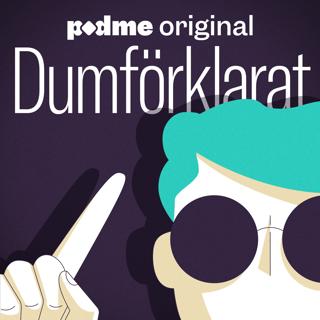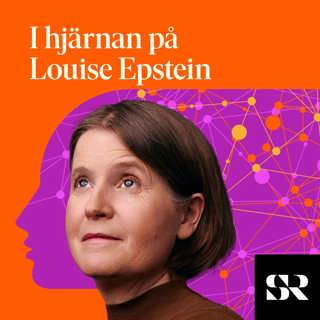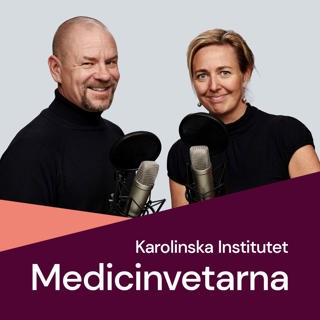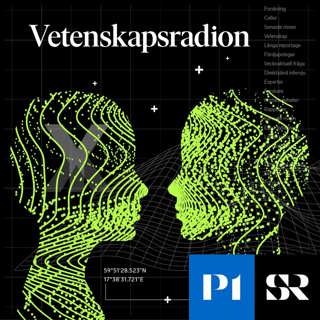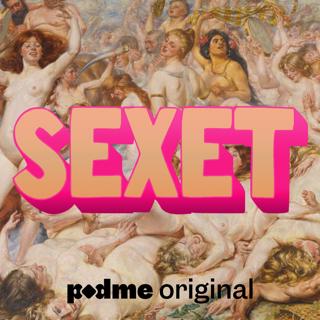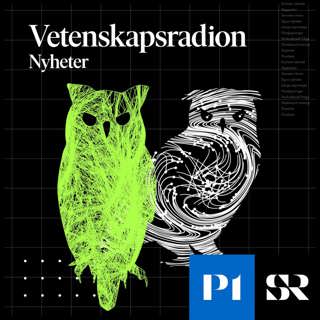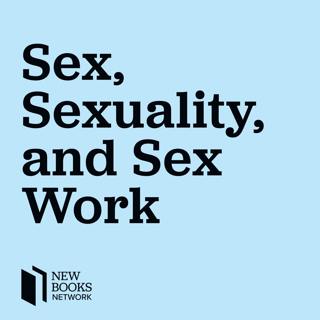
Dan Healey, “Bolshevik Sexual Forensics: Diagnosing Disorder in the Clinic and Courtroom, 1917-1939” (Northern Illinois UP, 2009)
I have long been an admirer of Dan Healey‘s work. His research has opened the world of homosexual desire and the establishment of the gay community in revolutionary Russia and has made an important contribution our understanding of the history of homosexuality; Healey’s new book follows logically from his previous one. In Bolshevik Sexual Forensics: Diagnosing Disorder in the Clinic and Courtroom, 1917-1939 (Northern Illinois University Press, 2009), he takes us from the establishment of a gay identity and community to the new Russian state as it seeks to define its position vis a vis sexuality. With the Bolshevik revolution, revolutionaries decided to modernize Russian sexual science and beliefs. Russian sexual scientists were already in conversation with their Western European colleagues and sought to modernize and rationalize sexual relations between women and men. Policy makers introduced a number of reforms to aid in the process of modernization. They abolished the age of consent, for instance, and replaced it with an age of maturity. Bolsheviks also envisioned a modern role for science in the new Russian state – one that brought the psychiatrists into the justice system. These new sexual experts began to link sex crimes to mental disease, described and diagnosed sexual psychopathy, and they began a systematic investigation of the bodies of hermaphrodites. Bolshevik Sexual Forensics discusses these developments and their impact on sexual beliefs and the regulation of sexuality. Given the archival record, Healey does not attempt to predict how these changes influenced sexual experience. Court records, he notes, are largely silence on the impact that “modern visions” of sexuality had on young rape victims, for instance. Instead, Healey does what the records allow him to do: trace the changing role of sexual experts and sexual science of people of the young Russian nation tried to distance themselves from the old tsarist beliefs – yet lapsed over and over again into traditional notions of sexuality. Listen as Dan Healey tells us about his new book, Bolshevik Sexual Forensics. Learn more about your ad choices. Visit megaphone.fm/adchoices
26 Nov 20121h 23min

Julietta Hua, “Trafficking Women’s Human Rights” (University of Minnesota Press, 2011)
In Trafficking Women’s Human Rights (University of Minnesota Press, 2011), Julietta Hua analyzes how discourse on human trafficking creates the boundaries of victimhood and thereby restricts concepts of punishment, remedy, and citizenship. Analyzing legislation, public discourse, and interview materials, Dr. Hua traces how gender, nationality, and racial identities become inscribed into the concept of sex trafficking. The subject matter is heavy, but Dr. Hua presents a delightfully rigorous theoretical framework, careful interpretation of proffered data, and poignant illustrations. Learn more about your ad choices. Visit megaphone.fm/adchoices
13 Okt 201241min

Amy Stanley, “Selling Women: Prostitution, Markets, and the Household in Early Modern Japan” (University of California Press, 2012)
With prose that is as elegant as the argument is clear, Amy Stanley‘s new book tells a social, cultural, and economic history of Tokugawa Japan through the prism of prostitution. Selling Women: Prostitution, Markets, and the Household in Early Modern Japan (University of California Press, 2012 ) undermines our assumptions... Learn more about your ad choices. Visit megaphone.fm/adchoices
19 Sep 20121h 6min

Heather Munro Prescott, “The Morning After: A History of Emergency Contraception in the United States” (Rutgers UP, 2011)
What would a Presidential campaign be without a good dose of reproductive politics? To be sure, many of us are surprised to see contraception, and not just abortion, called into question – but maybe that’s because the intensity of abortion politics has allowed us to forget just how recently the issue of contraception was as fraught as the issue of abortion. And in any case, recent tussles over teen access to over-the-counter emergency contraception might have reminded us that debates about contraception are hardly closed. In her new book The Morning After: A History of Emergency Contraception in the United States (Rutgers University Press, 2011), Heather Munro Prescott helps us to understand the politics of emergency contraception. Initially a side-product from research into infertility, hormonal contraceptives – both the “regular” and the “emergency” kind – became the subject of heated battles in the 1960s and 1970s. Feminist health care advocates protested that the medical establishment was pushing potentially unsafe medications on women who were not fully informed of side-effects. With conservatives’ attack on reproductive rights starting in the 1980s, however, feminist health care advocates and the medical profession became allies in the battle for continued access. This alliance bore results in the first decade of the twenty-first century, as the FDA reluctantly agreed to approve over-the-counter sales of emergency contraception (although not for minors). Heather Munro Prescott is a professor of history at Central Connecticut State University. If you care about reproductive rights, you’ll want to take a look at her book. Learn more about your ad choices. Visit megaphone.fm/adchoices
16 Apr 201243min

Elizabeth Heineman, “Before Porn Was Legal: The Erotica Empire of Beate Uhse” (University of Chicago Press, 2011)
When I was in college in the 1980s, I liked to listen to Iggy Pop (aka James Newell Osterberg, Jr.). I was always mystified, however, by his song “Five Foot One,” with its odd and catchy refrain “I wish life could be/Swed-ish mag-a-zines!” What in the heck did that mean? I’d never seen a “Swed-ish mag-a-zine.” Thanks to Elizabeth Heineman‘s wonderful book Before Porn Was Legal: The Erotica Empire of Beate Uhse (University of Chicago Press, 2011), now I understand. You see, the last and perhaps most significant Swedish contribution (if that’s what it was) to Western Civilization was legalized hardcore porn. In the early 1970s the Swedes (and their porn-allies, the Danes) flooded European markets with the stuff. The Scandinavians were making a killing. As Lisa explains, the “Swedish Invasion” put the queen of the German erotica industry, Beate Uhse, in something of a bind – but it also came at a moment of great opportunity. In the first two decades after World War II, the Luftwaffe pilot-turned erotica entrepreneur had built a sex empire legitimized by the idea that erotica helped married, heterosexual couples have more fulfilling relationships. After all, the bread and butter of the industry were condoms (for customers who could hardly afford babies, given wartime devastation) and basic how-to manuals (for customers suffered from dire sexual ignorance). And the demand was there: by the early 1960s, fully half of West German household had patronized a mail-order erotica firm. But by the end of that decade, pornography – both homegrown and imported – was the backbone of the industry. So what, exactly, was the social mission of the erotica industry in this brave new world? In the end, the market decided with more than a little help from liberalism: German men wanted porn and the West German courts and Parliament couldn’t think of a reason not to let them have it. And so it is that you can buy porn on every high street in Germany, often in a Beate Uhse Erotik-Shop (Warning: really NSFW). This is a terrifically interesting book. Read it. Learn more about your ad choices. Visit megaphone.fm/adchoices
2 Sep 20111h 6min

Elaine Tyler May, “America and the Pill: A History of Promise, Peril, and Liberation” (Basic Books, 2010)
Don’t you find it a bit curious that there are literally thousands of pills that we in the developed world take on a daily basis, but only one of them is called “the Pill?” Actually, you probably don’t find it curious, because you know that the pill has had a massive impact on modern life. And why wouldn’t it? Thanks to the Pill, women alone–without the (unreliable) “cooperation” of their sexual partners–could control their own fertility. For the first time in human history. The first time. Think of the implications. No more worrying about missed periods. No more shotgun weddings. No more unwanted children. And a lot more and better sex to boot. What a boon! Or was it? The most interesting thing about Elaine Tyler May‘s pithy America and the Pill: A History of Promise, Peril, and Liberation (Basic Books, 2010) is that she shows that the Pill really didn’t live up to expectations then and it hasn’t now. After all, the Pill is a form of contraception, and contraception has been available for a long time. By the mid-twentieth century, in fact, there were many highly effective forms of birth control available in much of the developed world. So in a sense the Pill wasn’t exactly new. But it was different, and that made the folks who promoted and developed it believe–or say they believed–that it was going to solve many of humanity’s problems, foremost among them over-population and the oppression of women. It’s arguable, however, that it had little direct impact on either. Worldwide population growth, though it has slowed, is still quite high. Women remain second-class citizens (and, more interestingly, second-class family members) over much of the planet. So what did the Pill do except raise expectations? Well, quite a lot, really. First, it gave women new power. They could control their fertility (not to mention periods) if they wanted to. That didn’t mean they had to, or even that all of them wanted to. But they could. If men were threatened by that fact, tough. They’d have to live with it (and in the developed world most of them have). Second, the Pill allowed women to put off childbearing until they had established careers, thus facilitating (though not causing) a massive increase in the number and percentage of women in the workforce. For many women, the Pill made an “either/or” proposition (either mother or career) into a “this and that” proposition (mother and worker). On this front, we’ve still a way to go, but the Pill moved us in the right direction. The Pill, however, wasn’t just about physical power over childbearing. It was also, as Elaine points out, a potent symbol of women’s empowerment. It wasn’t only what the Pill actually did (that, as we’ve said, wasn’t entirely new), it was what people believed it meant. And that, in a word, was liberation. Please become a fan of “New Books in History” on Facebook if you haven’t already. Learn more about your ad choices. Visit megaphone.fm/adchoices
4 Sep 201057min

Kristin Celello, “Making Marriage Work: A History of Marriage and Divorce in the 20th-Century U.S.” (University of North Carolina Press, 2009)
When did Americans begin to think of marriage as “work,” as in, “If you want your marriage to succeed, you have to work at it.” Kristin Celello answers this question (and a lot of others) in her timely and relevant new book Making Marriage Work. A History of Marriage and Divorce in the Twentieth-Century United States (UNC Press, 2009). In the nineteenth century, she explains, it was hard to get a divorce, marriage was viewed as an irrevocable duty, and divorce rates were low (by modern standards, of course). But beginning in the later part of the century all those things began to change. It became easier to split up. You just went to Nevada and got a “Reno divorce.” People began to expect things like “fulfillment” from marriages. A “good provider” or “obedient companion” wasn’t enough. As a result, divorce rates in the United States began to rise. They continued to do so–excepting momentary declines–for the next 70 years. Thus was born the “crisis” of marriage in America.Happily, a new kind of therapist came to the rescue: the marriage counselor. Marriage experts first appeared in the 1930s and their numbers have grown with the divorce rate. Today marriage counseling is an American institution, just like mom and apple pie. If you want to know how that happened–and it’s a fascinating story well told by Kristin–you should read this book. It probably won’t save your marriage, but it will certainly enlighten and entertain you for a few hours. Please become a fan of “New Books in History” on Facebook if you haven’t already. Learn more about your ad choices. Visit megaphone.fm/adchoices
27 Mars 20091h 3min


